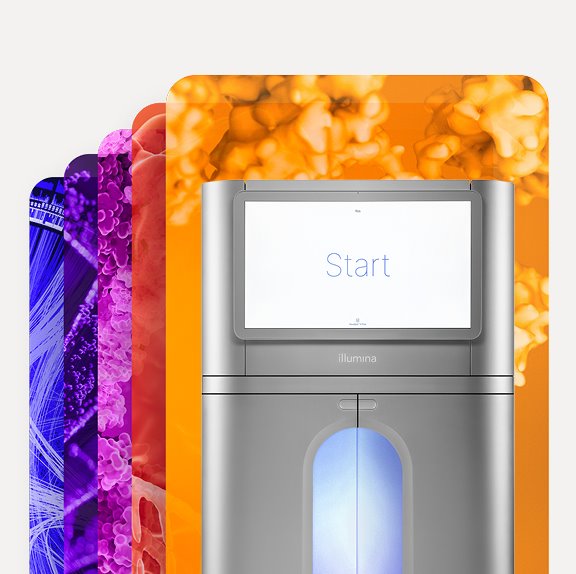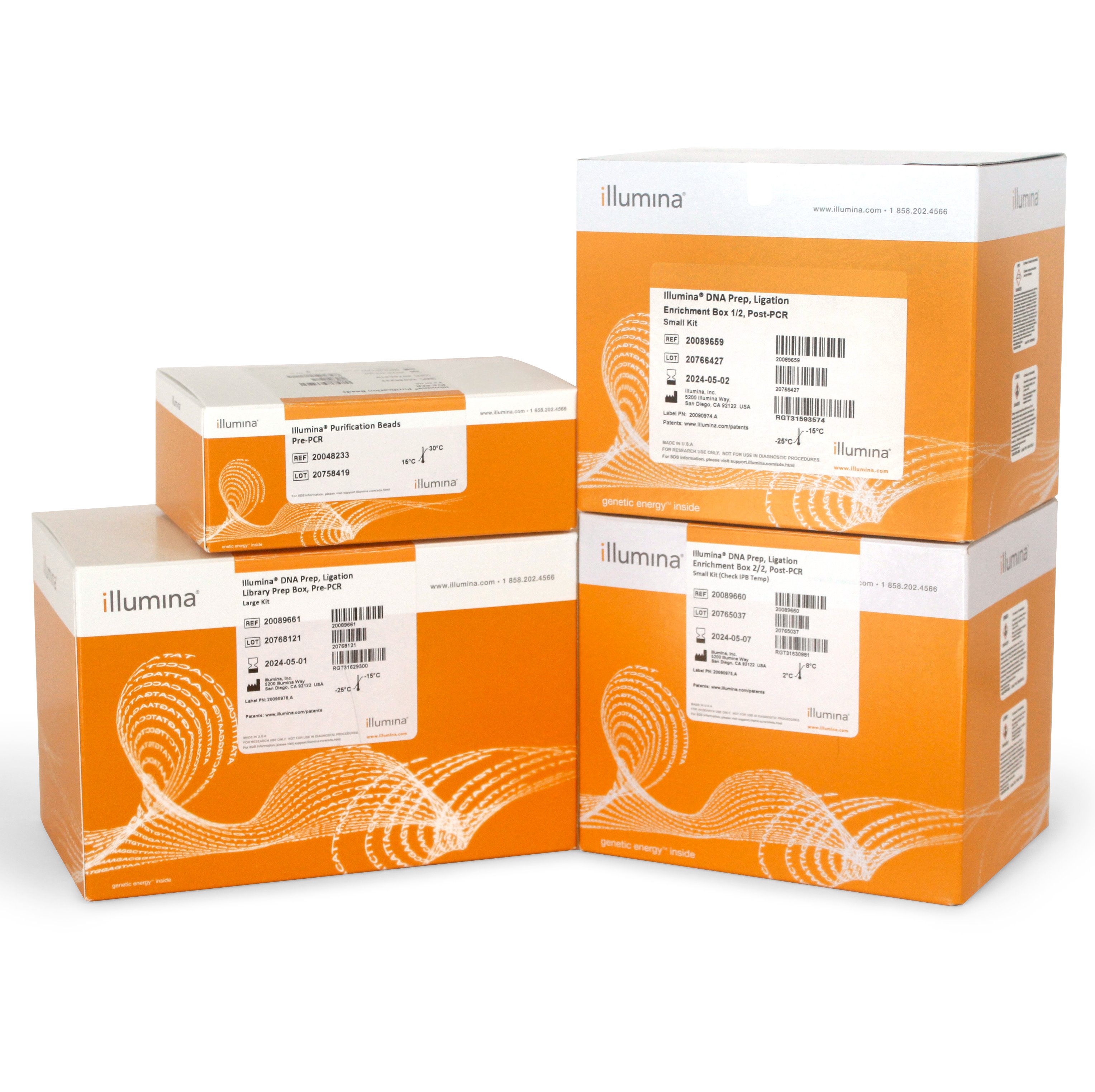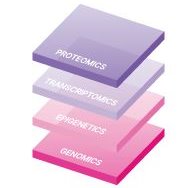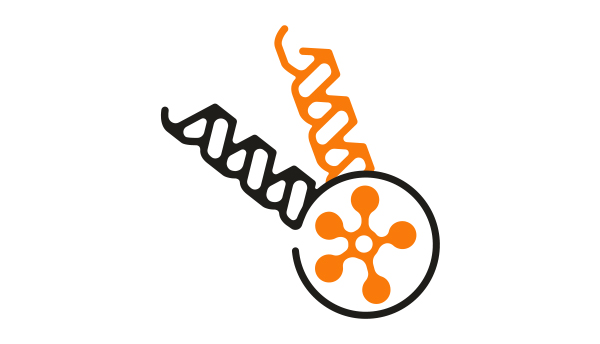October 2025
Genomic and epigenetic insights in a single assay
In a single multiomic assay, the Illumina 5-base solution combines DNA methylation and genomic variant calling into one workflow, enabling deeper biological discoveries through a simple, integrated solution.







Did you know?
What makes Illumina Protein Prep solution particularly promising for Parkinson’s disease research?

Illumina Protein Prep enables detection of low-concentration blood biomarkers previously only found in cerebrospinal fluid, this less invasive proteomic profiling has great potential for neurodegenerative disease studies.
How does Illumina plan to revolutionize spatial analysis workflows?

Illumina Spatial Technology – AGBT Scientific Poster
Illumina spatial technology (coming 2026) will offer scalable, end-to-end analysis powered by DRAGEN, integrating cell-based binning and flexible data export, with user-friendly tools for image processing, visualization, and marker gene identification.
Innovations to enable multiomics
Revolutionising the Approach to Rapid Genome Sequencing in Acutely Unwell Children
Emma Baple, Professor of Genomic Medicine, and Andrew Parrish, Clinical Bioinformatician, share insights on their research using Constellation Mapped Read Technology. Their work in rare disease genomics and sequencing pipelines highlights how this innovation could transform Rapid Genome Sequencing and improve healthcare equity across diverse populations.
From DNA to Proteins: Illumina Makes Its Proteomics Play, with Krishna Morampudi
In this episode of Mendelspod podcast, Theral Timpson speaks to Krishna Morampudi from Illumina, about the recent definitive agreement to acquire SomaLogic and the launch of Illumina Protein Prep, a new end-to-end, NGS-based, high-throughput proteomics research solution.
Multiomics in action
Publication highlights from the research community
Proteomics
Multiomics
Genomics
The Current Landscape of Plasma Proteomics: Technical Advances, Biological Insights, and Biomarker Discovery
In a landmark study by Douglas Kirsher and colleagues at Alkahest, eight plasma proteomics platforms were benchmarked using 78 samples, identifying over 13,000 unique proteins. SomaScan® 11K offered the broadest coverage and highest precision, while MS-based methods revealed unique proteoform insights. These findings benchmark current technologies and provide a valuable resource for developing future diagnostics and therapeutics.
Learn more about Illumina Protein Prep

Proteomics
Mulitomics
Genomics
Rescue of ciliogenesis and hyperglutamylation mutant phenotype in AGBL5−/− cell model of retinitis pigmentosa
In this study, Villa-Vasquez et al. used a multiomics approach—including CRISPR gene editing, RNA-seq, proteomics, and imaging—to investigate AGBL5-linked retinitis pigmentosa. They showed that AGBL5 knockout leads to hyperglutamylation and defective ciliogenesis in retinal cells. Rescue was achieved via AGBL5 overexpression or TTLL5 knockdown, revealing two therapeutic strategies. Insights from combined RNA and protein data highlight the role of AGBL5 in cilia regulation and retinal disease mechanisms.
Learn more about Multiomics tools from Illumina

Proteomics
Mulitomics
Genomics
Breast Cancer Polygenic Risk Score Associated with Outcomes after In Situ Breast Disease
Published by Breast Cancer Genetics experts in London, the authors deployed the 313-SNP polygenic risk score (PRS 313) using the iCOGS chip based on Illumina array technology to assess breast cancer risk after in situ disease. In this research study, it was shown that PRS 313 could identify women with Ductal carcinoma in situ (DCIS) and lobular carcinoma in situ (LCIS) who are at higher risk of future breast cancer events. These findings suggest PRS 313 has promise to be applied in future personalized surveillance and treatment strategies for women with in situ breast cancer.
Learn more about Illumina Infinium OncoArray-500K BeadChip

Educational resources to learn more
Revolutionizing single-cell sequencing with Illumina end-to-end solution
Revolutionizing single-cell sequencing with Illumina end-to-end solution
Learn about the Illumina Single Cell Prep (ISCP) chemistry which significantly reduces cost and simplifies workflow, for any lab. The ebook highlights references for research studies showing ISCP in action, using up to 2000, up to 20K and up to 100,000 cells.